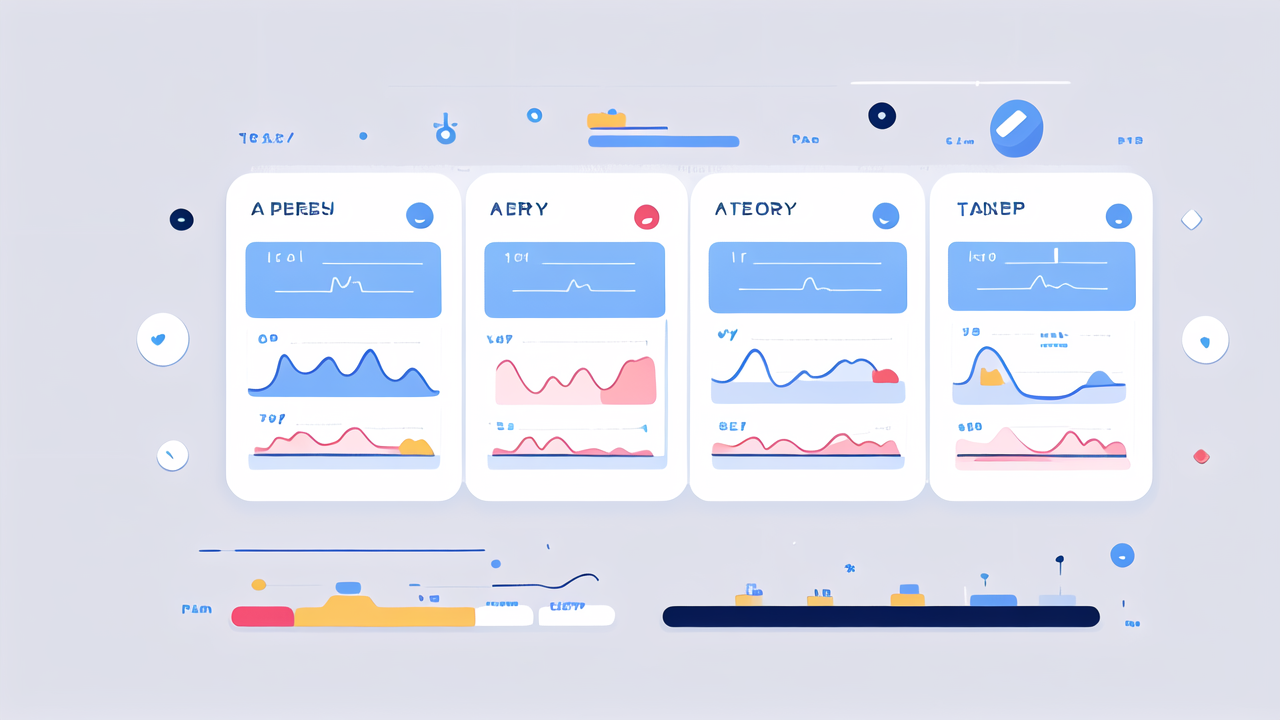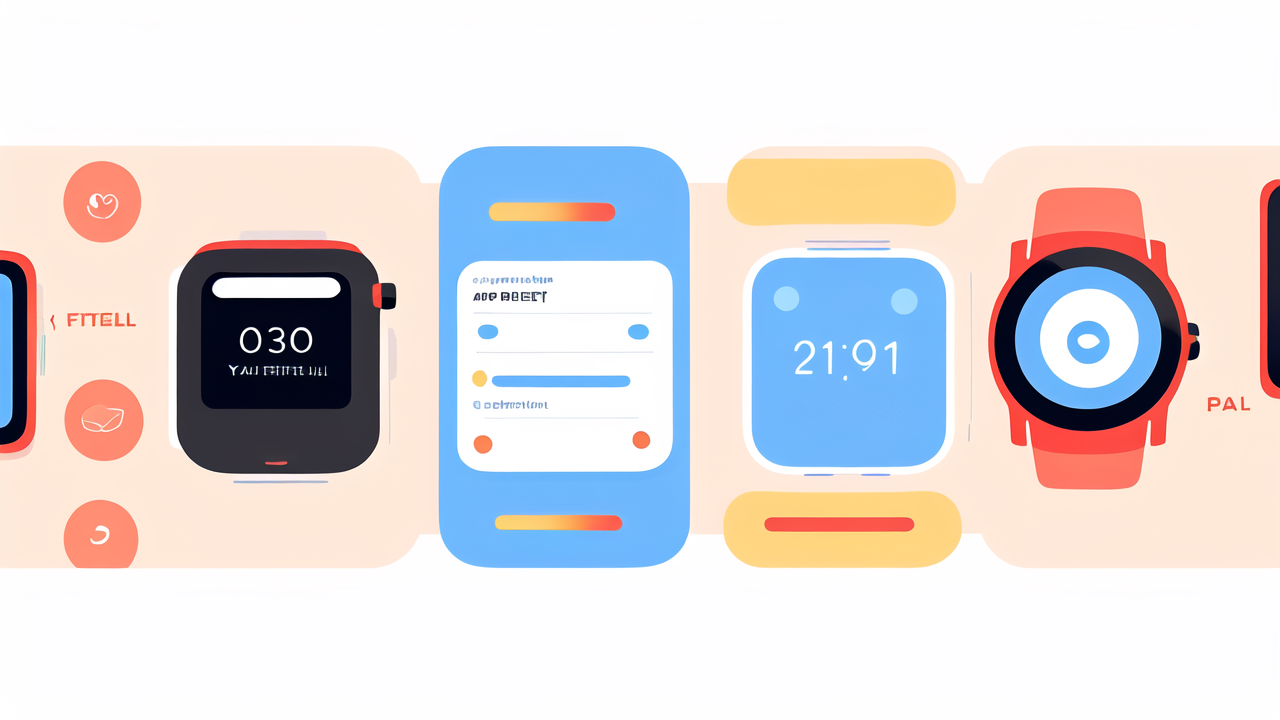The Importance of Health Monitoring in Personal Training
Understanding Your Body's Metrics
Health monitoring is crucial for a successful fitness journey. It helps you track your progress and make informed decisions. Body metrics give you a clear picture of your health status. These include weight, body fat percentage, muscle mass, and BMI.

Knowing these numbers allows you to set realistic goals. It also helps you adjust your diet and exercise plan as needed. Regular monitoring can reveal trends in your health. This information is valuable for both you and your trainer.
Remember, health is more than just weight. A holistic approach considers various factors. These include heart rate, blood pressure, and sleep patterns. By tracking these, you can optimize your overall well-being.
Integrating Health Data into Training Regimens
Once you have your health data, it's time to put it to use. Your trainer can create a personalized plan based on your metrics. This approach ensures your workouts are effective and safe.
For example, heart rate data can guide your cardio training. It helps determine the right intensity for your workouts. Body fat percentage can inform your strength training program. It allows your trainer to focus on areas that need more attention.
Sleep data is also valuable. It can help schedule your workouts for peak performance. Nutrition plans can be adjusted based on your body composition. This integration of data leads to more efficient and targeted training.
Top Health Monitoring Tools for Fitness Professionals
Wearable Fitness Technology Explained
Wearable fitness tech has revolutionized health monitoring. These devices track various metrics in real-time. They include smartwatches, fitness bands, and smart scales.

Smartwatches offer features like heart rate monitoring and GPS tracking. They can count steps, measure sleep quality, and even detect falls. Fitness bands focus on activity tracking and basic health metrics. They are often more affordable and have longer battery life.
Smart scales go beyond just weight. They can measure body fat, muscle mass, and bone density. Some even sync data directly to your fitness apps. This makes it easy to track changes over time.
These tools provide continuous data collection. This allows for more accurate and comprehensive health monitoring. They make it easier for both clients and trainers to stay informed.
Comparing Popular Health and Fitness Apps
Health and fitness apps are essential companions to wearable tech. They help interpret and visualize the data collected. Some popular options include:
- MyFitnessPal: Great for nutrition tracking and calorie counting.
- Strava: Ideal for runners and cyclists, with social features.
- Fitbit: Offers comprehensive health tracking and integrates with their devices.
- Apple Health: A central hub for health data on iOS devices.
- Google Fit: Similar to Apple Health, but for Android users.
These apps often allow data sharing with trainers. This feature enables remote monitoring and support. They also provide motivation through challenges and achievements.
When choosing an app, consider your specific needs. Look for one that integrates well with your devices. User-friendly interfaces and data visualization are also important factors.
Implementing Health Monitoring for Enhanced Client Results
Case Studies: Success Stories with Health Monitoring
Real-life examples show the power of health monitoring in fitness. Let's look at a few success stories:

- Sarah, 35, lost 30 pounds in 6 months. She used a fitness watch to track her daily activity. This motivated her to move more and reach her step goals.
- John, 45, improved his marathon time by 20 minutes. He used heart rate data to optimize his training intensity. This helped him avoid overtraining and reduce injury risk.
- Lisa, 50, lowered her blood pressure through targeted exercise. She used a smart blood pressure monitor at home. This allowed her trainer to adjust her program as needed.
These stories highlight the benefits of personalized health monitoring. It leads to more effective training and better results. Clients feel more engaged and motivated when they see their progress.
Best Practices for Health Monitoring in Training Programs
To get the most out of health monitoring, follow these best practices:
- Set clear goals: Define what you want to achieve with monitoring.
- Choose the right tools: Select devices and apps that fit your needs.
- Be consistent: Regular monitoring provides the most accurate data.
- Analyze trends: Look at long-term changes, not just daily fluctuations.
- Adjust as needed: Use the data to refine your training and nutrition plans.
- Educate clients: Help them understand their data and its importance.
- Respect privacy: Handle health data with care and follow data protection laws.
- Combine with professional advice: Use monitoring as a tool, not a replacement for expertise.
Remember, health monitoring is a powerful tool when used correctly. It enhances the training experience and leads to better outcomes. With the right approach, it can transform your fitness journey.




Leave a comment
This site is protected by hCaptcha and the hCaptcha Privacy Policy and Terms of Service apply.